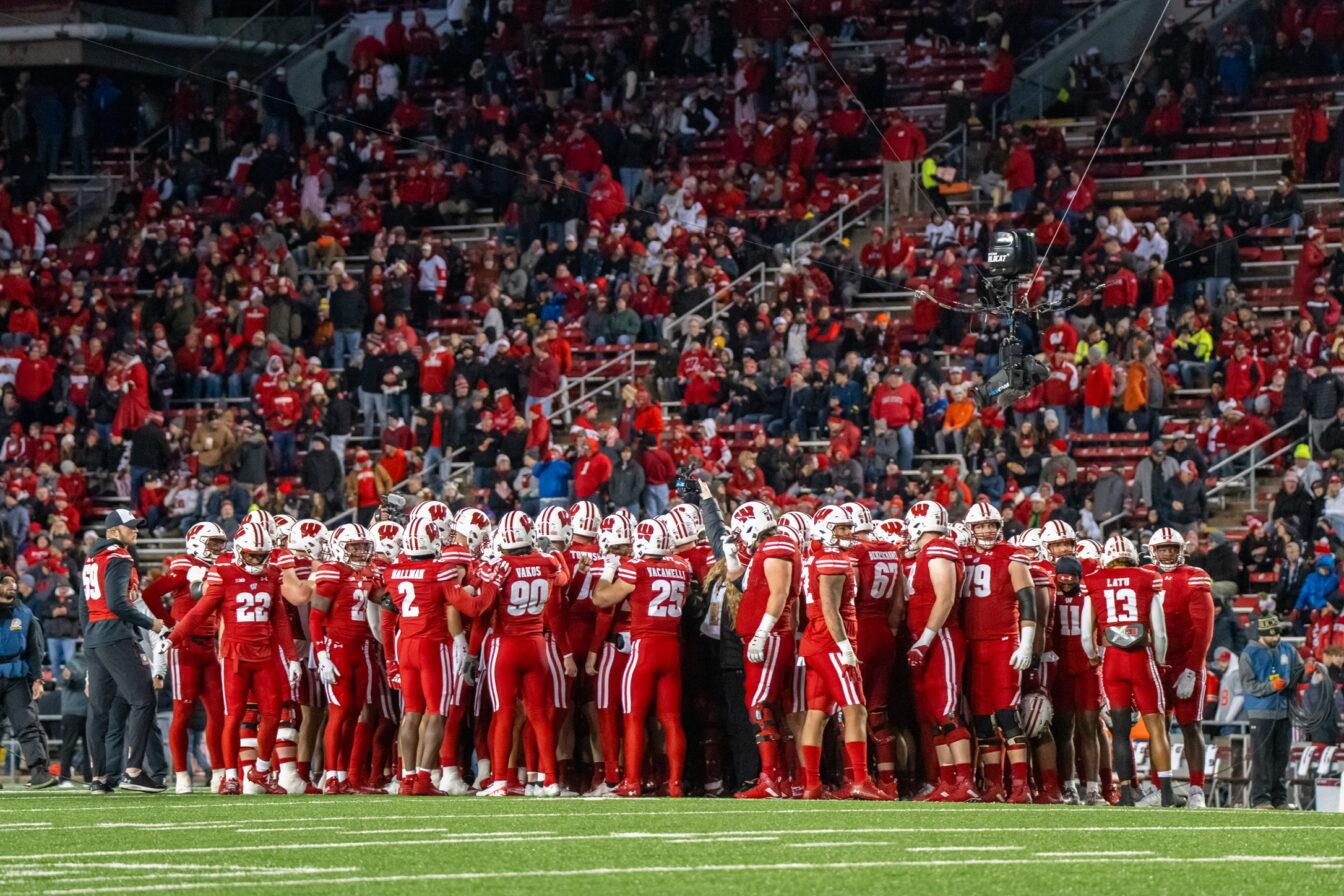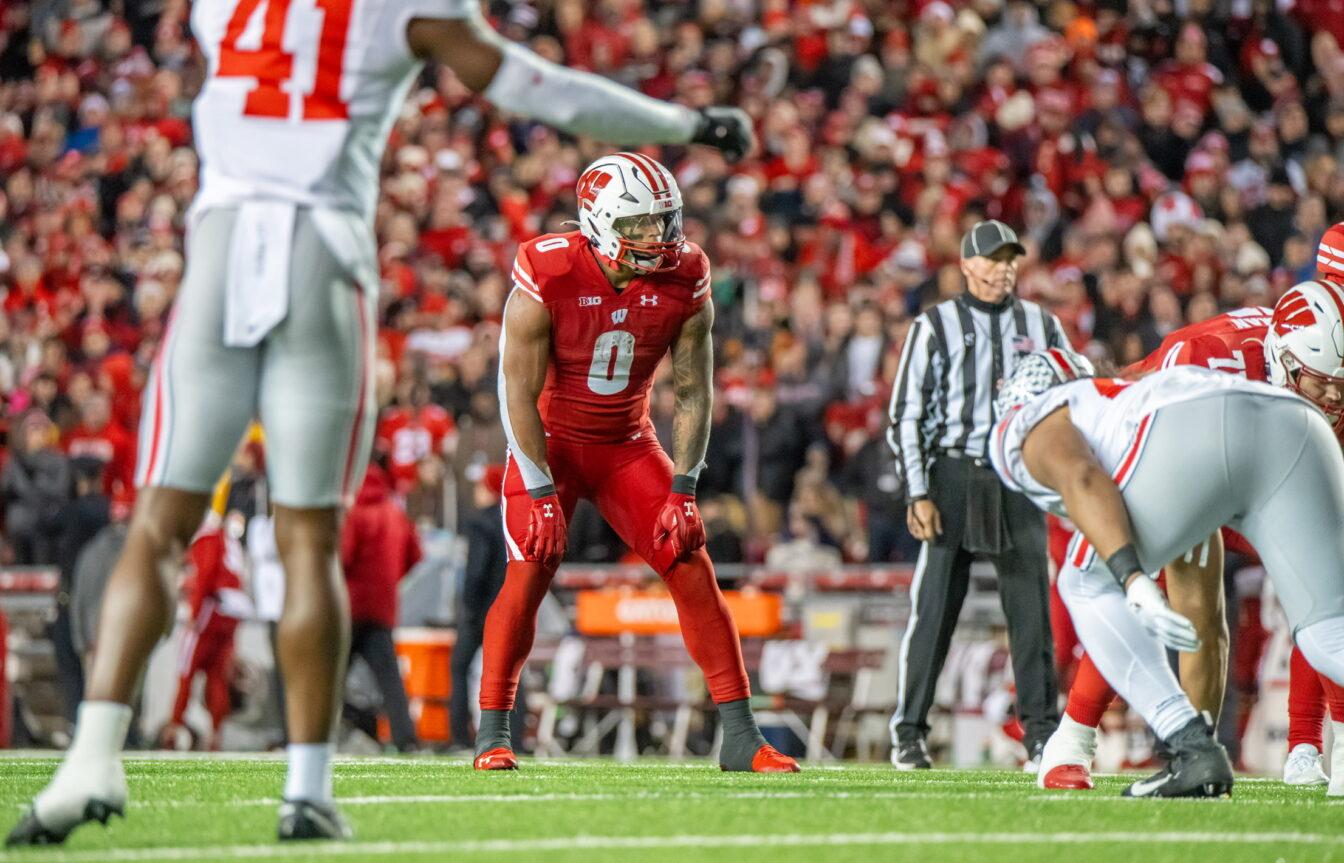The University of Wisconsin football team has teamed up with the NFL for exciting new research that aims to help players continue to play the game they love. UW, as well as eight other universities, have received impact tracking mouthguards in order to increase understanding of how impact affects players’ injuries and trauma.
The study is looking into ways players can avoid several types of injuries, but specifically head injuries. The mouthguards are able to measure speed and acceleration in order to determine the impact of a hit, according to the School of Medicine and Public Health.
Assistant professor Dan Cobian works in the department of orthopedics and rehabilitation and is helping lead the study along with clinical research coordinator Courtney Hoffman. Cobian said the program began in the 2021 season and will most likely continue into the 2023 season.
First ever sustainability seminar displays multiple disciplines working in sustainability
Cobian said the school had an existing relationship with the NFL because of previous research on hamstring injuries which the NFL funded at the Badger Athletic Performance Lab. With football being such a high-impact sport, the school focuses on research which provides information to improve athlete health, wellness and performance on the field, Cobian said.
The current study is mainly focusing on protective wear to test its effectiveness, Cobian said. For example, the NFL uses Guardian Caps — protective wear that goes over the helmet — during training camps, but the extent of their effect is unknown.
“It’s something that is thought to reduce head impacts, but honestly, we don’t really know,” Cobian said. “That’s the type of data, or the type of question, we can answer with the data we can collect in this study.”
The mouthguards themselves are very high-tech, Cobian said but appear and feel like a regular mouth guard. They are a non-invasive way to collect valuable data.
The mouthguards provide data by tracking its speed and how that changes, Cobian said, which gives a quantitative picture of the intensity of an impact.
“We are figuring out currently how to put our data together to try to answer these questions,” Cobian said. “We want to characterize the magnitude, the frequency and the intensity of head impact on the field.”
Football: What hiring of Luke Fickell means for future of Wisconsin football
The department has found that different positions, and even different players in the same position, experience varying degrees of head impact, Cobian said.
“One of the interesting things we are seeing thus far is that two offensive linemen may actually have very different impact profiles,” Cobian said. “They may take different magnitudes or frequency of head impacts, and they may take those impacts in different locations as well.”
Hoffman said most of the difference relies on the way the players were taught to play. She said some of the players might still lower their necks when running, a form which is advised against currently. Lowering the neck can cause increased injury and if the team sees that players are doing this, it’s an easy way to make an important fix.
Hoffman said this study could help to make the game as safe as possible for each player on the field.
“I would love for this to turn into an individualized kind of study for players to make it as safe as it can be for that person,” Hoffman said, “We want to see if individual position groups or specific players need different helmets as opposed to other players based on where they are frequently taking impacts.”
Cobian said by the start of the 2023 season, they will have found some answers to questions like this, especially surrounding Guardian Caps. They also will collect some other data surrounding other high impact events, like practice drills.
Hoffman said players are more than willing to participate in order to make football a safer game. She said that among the many rule changes which try to prevent head-to-head contact and blindside blocks and tackles, players are willing to do more research in order to preserve the sport they care so much about.
As the study grows, so will the research team, Cobian said. At the moment, only higher-ups in the department are involved in conducting research, but as researchers collect more data, graduate students will soon be incorporated in the effort to make the sport safer.























